Advertisement
Capitalism
Capitalism is the foundation that allows Pixar films to come into existence. Without a free market—where small film studios can compete with global giants—we would still be watching ho-hum Disney films. Because of capitalism, Pixar (a startup with loads of talent) was able to compete with Disney (a giant resting on its laurels) as an equal.
Steve Jobs (the late billionaire tech entrepreneur and founder of Apple, Inc.) purchased Pixar from George Lucas in 1986. Pixar had not yet made a single movie, so Jobs took a considerable risk. He invested $50 million of his own into Pixar and nurtured its animation group to the point where Disney was willing to distribute its first big-budget film, Toy Story .
A week after Toy Story’s blockbuster opening (it was the top-grossing film of 1995), Jobs took Pixar public and his shares (80 percent of Pixar) were worth $1.2 billion overnight. Pixar’s ability to merge digital technology with art revolutionized animated films in the way that Walt Disney did when he released Snow White in 1937.
In the late 80’s and 90’s, Disney’s animation studio was a mess. It was cranking out big-budget bombs and had all-but-abandoned Walt Disney’s legacy of innovation and wholesome fun. In fact, Disney almost killed Toy Story by demanding that Pixar animators make one of the heroes, Woody, a mean and jealous character. Woody’s voice, actor Tom Hanks, even exclaimed: “This guy’s a real jerk!” when he read the initial script. It was only when Disney backed off and let Pixar control the plot that
Recommended
Advertisement
After Pixar released subsequent blockbusters like Monsters, Inc. and Finding Nemo , Disney realized that it needed Pixar if it wanted to save its motion-picture business—the revenue source for its theme parks, TV programs, character toys and merchandizing. Disney purchased Pixar and allowed its animators to keep working independently at their own campus in Emeryville, CA. So, capitalism allowed the best animation studio to survive instead of getting squeezed out by the big guy.
Jobs told his autobiographer, Walter Isaacson that Pixar: “… successfully reinvented Disney’s business, turning out great films one after the other while Disney turned out flop after flop.” Jobs added, “My goal has always been not only to make great products, but to build great companies. Walt Disney did that. And the way we did the merger, we kept Pixar as a great [and independent] company and helped Disney remain one as well.”
Clean Fun
I went to see Brave on opening night and I was struck by the diversity of the crowd; young couples holding hands, groups of teens and college students, families with children and elderly people. Pixar movies do well because they attract everyone—not just kids. The “draw” for adults and teens of both genders is the combination of mind-blowing technology with unadulterated fun.
Brave is a story about the tomboyish Scottish princess Merida, a skillful archeress who fights a bear, quarrels with her mother and learns a lesson in humility. The movie is punctuated by humor that everyone can “get,” like the pranks pulled by Merida’s pastry-gobbling brothers Hamish, Hubert and Harris.
Advertisement
Pixar’s hits like Toy Story , Up and Brave retreat from the modern era of Shrek and return us to the time of Disney’s Snow White . Instead of plopping random pop culture references and adults-only humor into medieval fairy tales, Pixar relies on clean humor and awesome technology to tell stories.
Shrek is not kid-friendly in the same way that Toy Story and Snow White are. For example, a little boy I know answered his parents’ telephone one time by singing: “I like big butts and I cannot lie!” His embarrassed mother explained that he had just watched the swamp karaoke dance party scene in Shrek where Donkey sings Sir Mix-a-Lot’s hit single, Baby Got Back. In contrast, after Toy Story came out, I think the catchphrase was: “To infinity… and beyond!”
I think Pixar’s technology captivates the mind and the eye more immediately and enduringly than the vision of Shrek’s plumpish princess Fiona rolling in the dirt and showing off her green cleavage. As Brave’s princess Merida runs through the forest, her locks of red curls sway naturally (even individual, unruly strands are animated) and the sunlight dances through the trees and lands on her face in a true-to-life manner.
TIME reports: “ Brave is richer and more colorful than any previous computer-animated film” because Pixar keeps pushing the innovation envelope, developing technology to animate non-geometric shapes.
Pixar plays to our best instincts—the playful children we all once were and still are at heart. I think smartphone-loving teens and adults enjoy Pixar movies because they offer a high-tech dose of hope to drown out real-life disappointments. Disney, on the other hand, spent over a decade bleeding hundreds of millions on big-budget films like
Advertisement
Today, Pixar succeeds because it leverages the free markets to innovate clean, fun animation in the tradition of two of America’s finest entrepreneurs: Walt Disney and Steve Jobs. Now if only Washington, D.C. politicians would emulate these entrepreneurs.



















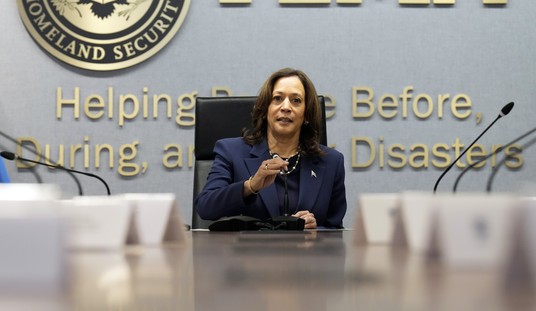

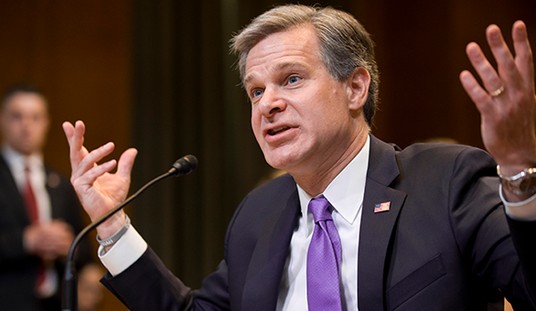
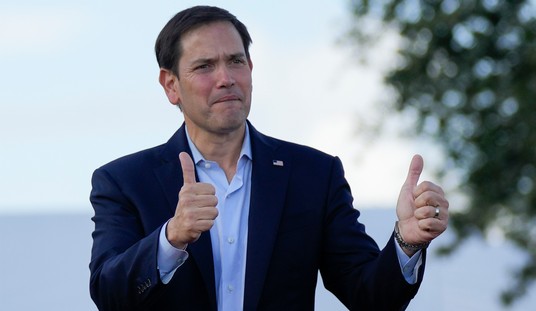
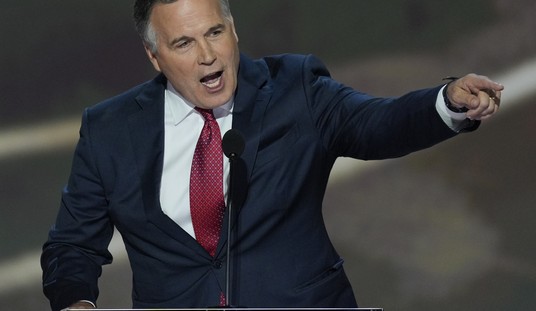
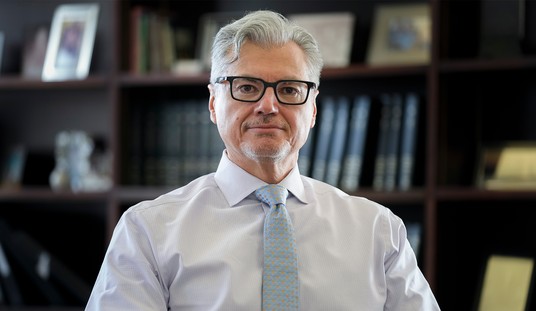
Join the conversation as a VIP Member